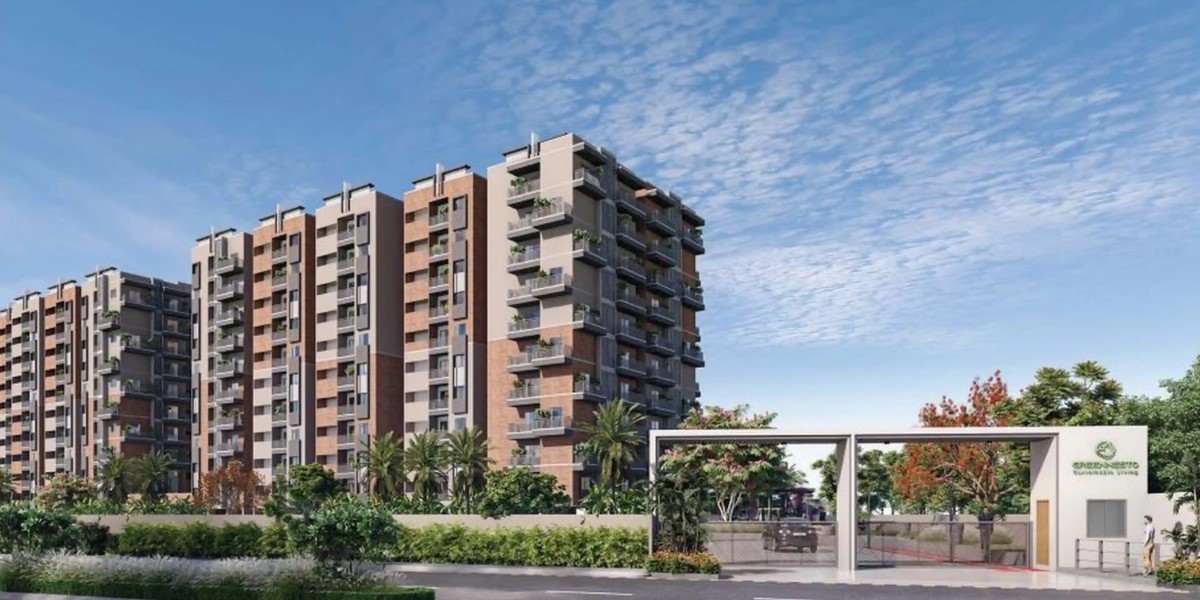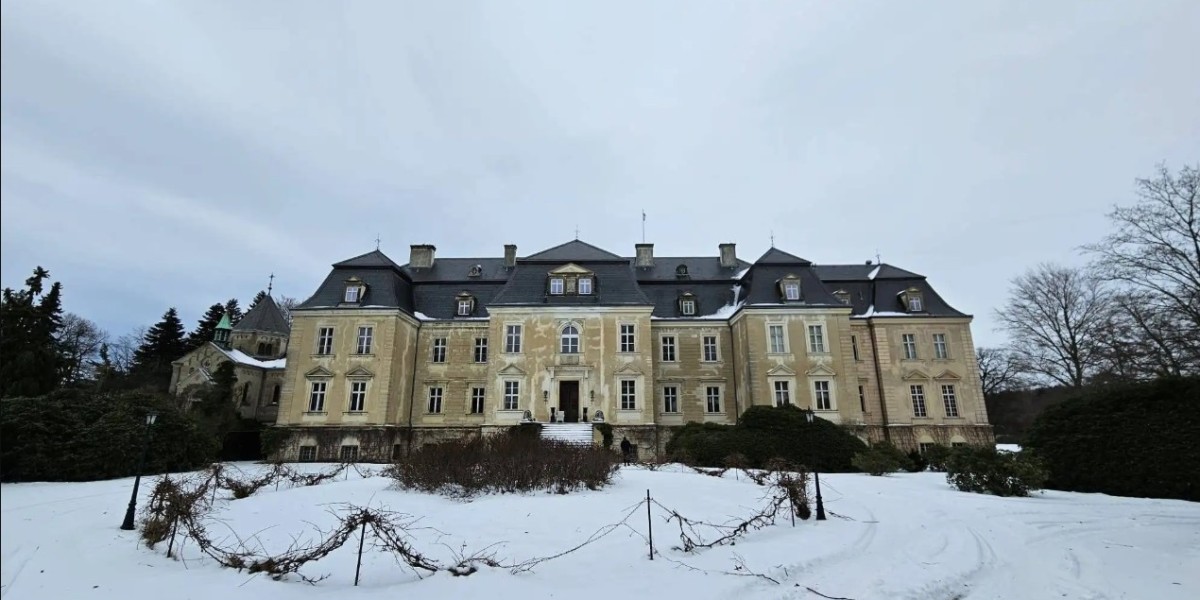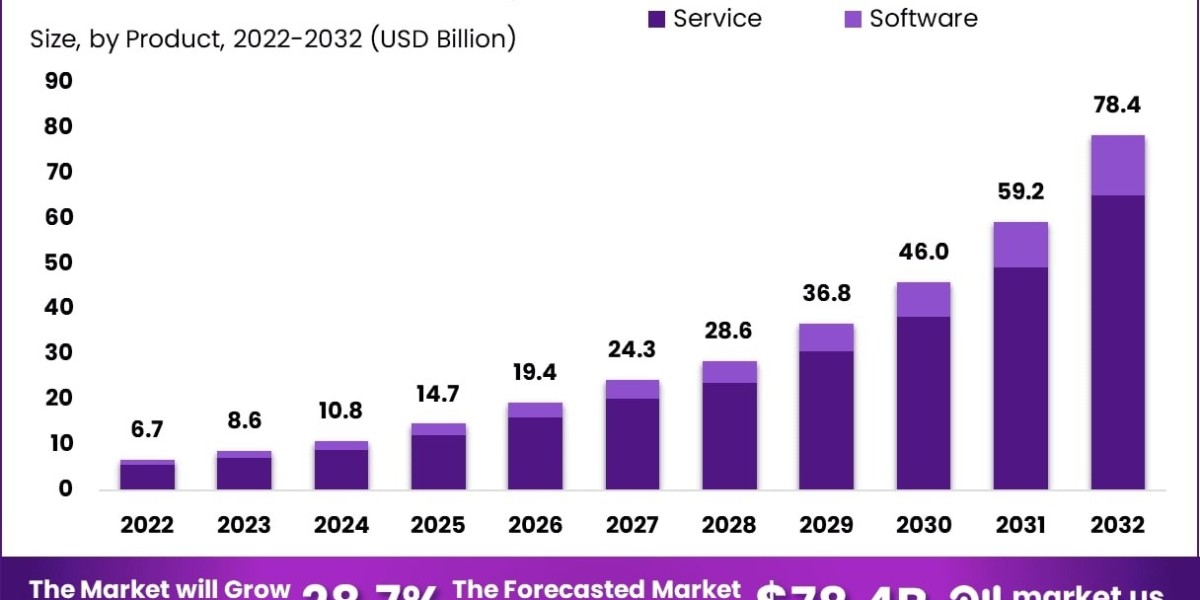The Global Healthcare Construction Market is expected to grow from US$ 284.6 billion in 2024 to US$ 442.0 billion by 2034, registering a CAGR of 4.5%. North America dominates the market with a 36.2% share, contributing around US$ 103.0 billion in 2024. One of the most influential trends driving this growth is the increasing focus on green and sustainable healthcare infrastructure. Hospitals and health systems are prioritizing eco-friendly construction to reduce energy usage, cut emissions, and support better health outcomes.
Sustainability has become a key element in healthcare facility design. Many hospitals are now integrating energy-efficient lighting, renewable power sources, and waste reduction systems to lower long-term operating costs. A notable example is the Queen’s Medical Centre in Nottingham, which is undergoing a £15 million (US$ 20.4 million) energy upgrade. The project includes 12,000 double glazed windows and high-efficiency heat pumps, expected to reduce CO₂ emissions by 10,000 tonnes annually while enhancing comfort for patients.
Green building certifications are also becoming standard in healthcare construction. Programs like LEED (Leadership in Energy and Environmental Design) and Green Globes set environmental performance benchmarks. Kaiser Permanente’s San Diego Medical Center is a leading example, being California’s first LEED Platinum-certified hospital. As of 2024, Kaiser Permanente has 74 LEED-certified buildings, demonstrating a strong commitment to sustainable practices in its facilities nationwide.
Alongside sustainability, hospitals are adopting modern design principles to improve functionality and well being. Biophilic elements, such as natural light, green spaces, and open environments, are now commonly used to support healing and boost staff morale. Additionally, the shift toward modular and flexible designs enables faster construction and better adaptability to evolving healthcare needs, reflecting a major evolution in how medical spaces are planned and built.
Challenges
- Strict Rules and Health Standards: Healthcare buildings must follow many rules to keep patients safe. These include proper air systems, clean rooms, and emergency access. Builders must work closely with health experts to get everything right, which can slow down the project.
- Keeping Hospitals Running During Construction: Many hospitals stay open during renovation or expansion. This makes it hard to manage noise, dust, and movement around patients. Extra care is needed to protect people from infections and disruption.
- Many People Involved: Healthcare construction brings together doctors, engineers, architects, and government officials. Each group has different needs and ideas. Without good planning, this can lead to confusion and delays.
- Tight Schedules and Budgets: Hospitals can’t wait long for new buildings. Projects often have short deadlines and limited funds. Any delay or mistake can cost more and affect patient care.
- Lack of Skilled Workers: There aren’t enough trained people to work on healthcare construction sites. This makes it hard to find the right talent and finish the work on time.







